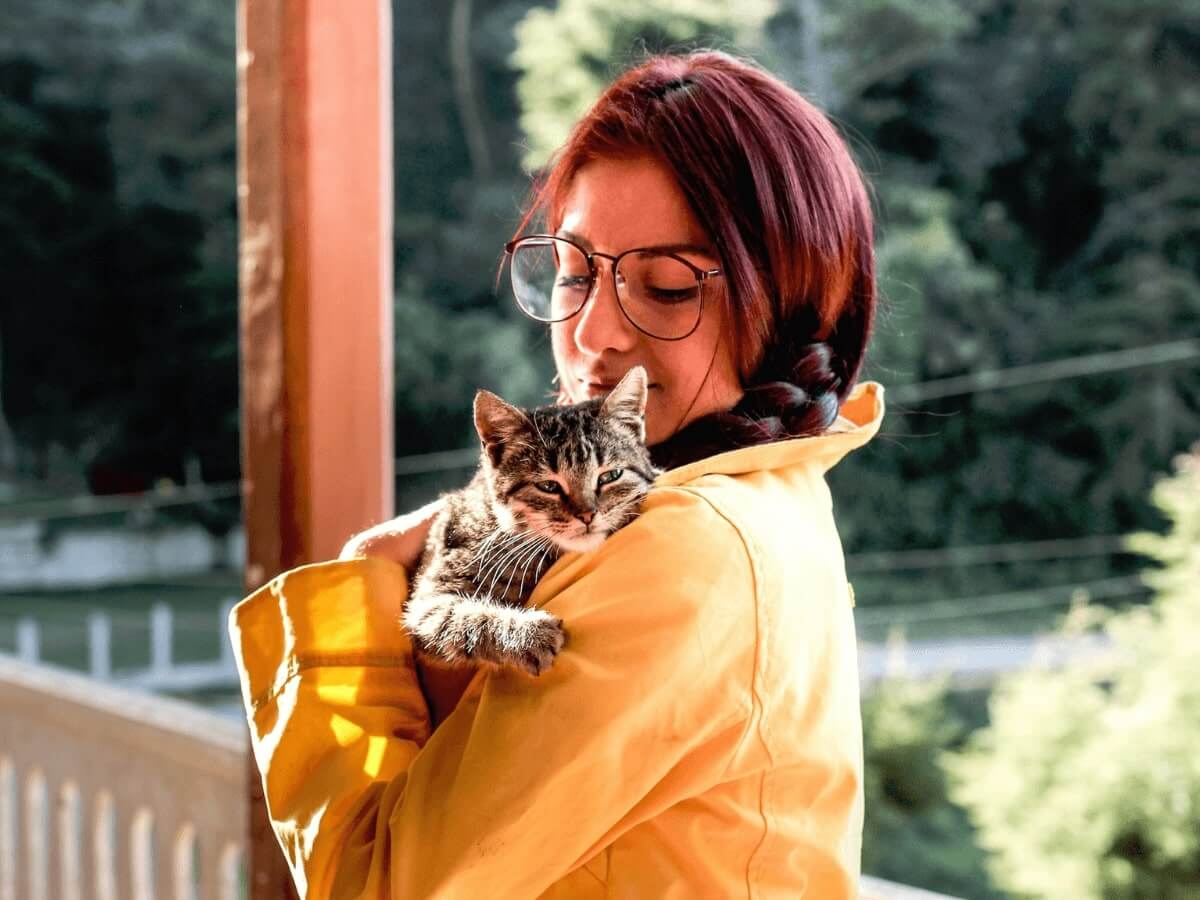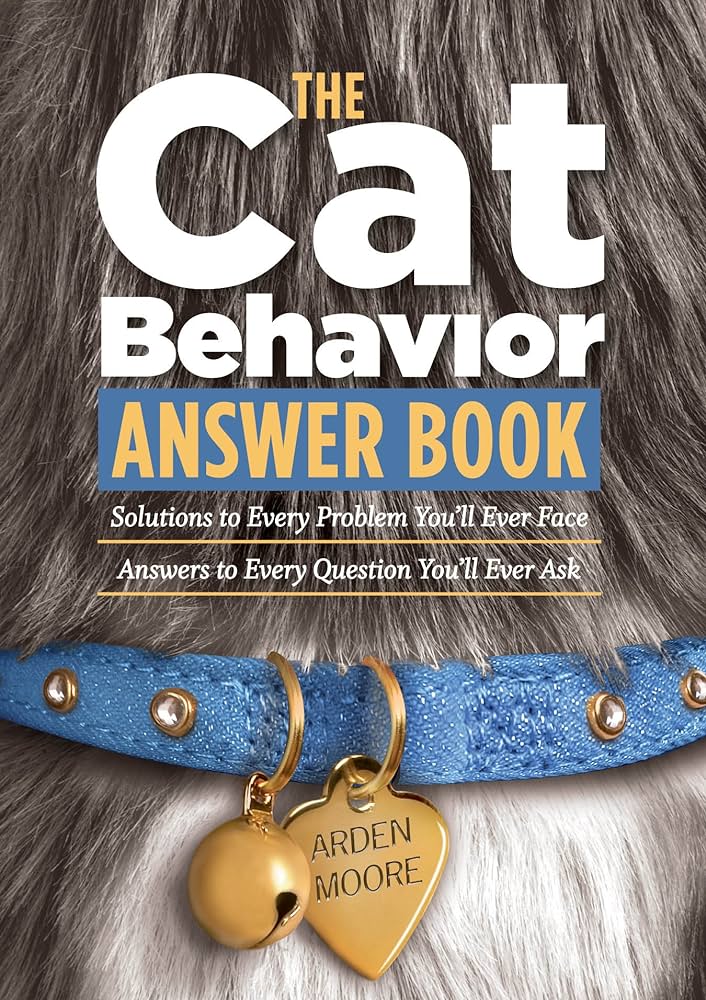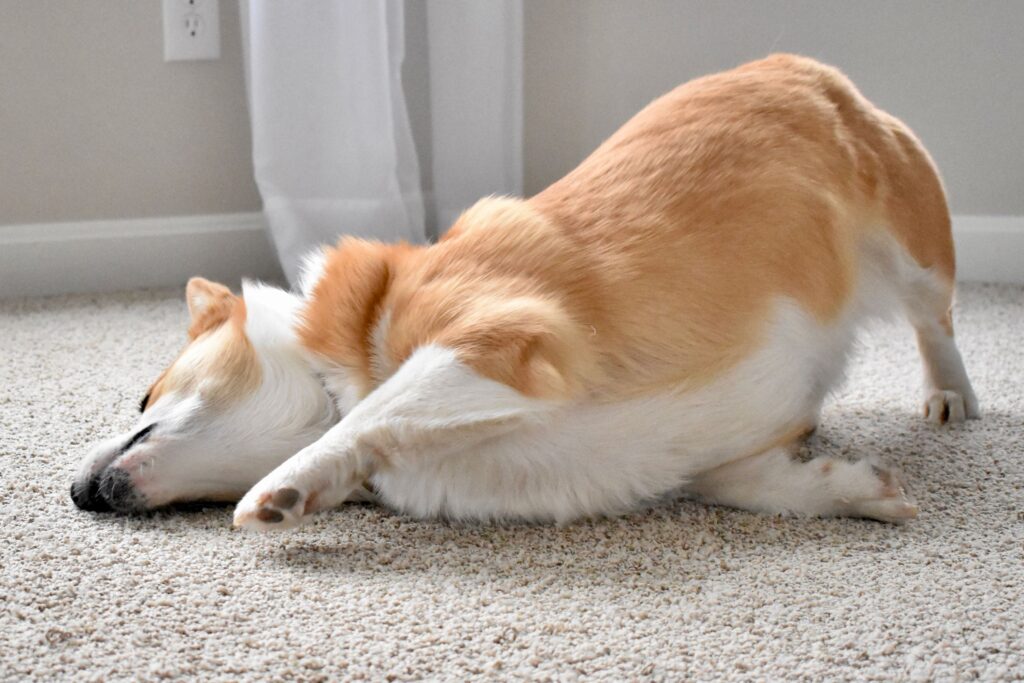Cats purr and then bite you due to overstimulation, not necessarily indicating love or hate. Cats may give mixed signals as their purring can be a sign of contentment, but biting can happen when they become too excited or overwhelmed.
Cats are known for their mysterious behavior, often leaving owners puzzled by their actions. One intriguing aspect is their tendency to purr one moment and then suddenly bite the next. Many cat lovers have wondered whether this behavior stems from a place of love or hate.
However, understanding the underlying reasons behind this behavior is essential for deciphering the feline communication system. Contrary to popular belief, a cat’s purring does not necessarily denote affection, nor does a bite always indicate animosity. In fact, the connection between purring and biting often lies in overstimulation. This article will delve into the mysterious world of feline behavior, shedding light on why cats purr and then bite, and explore the various factors that contribute to this intriguing dichotomy.

Credit: m.youtube.com
Contents
- 1 The Science Behind Feline Communication
- 2 Love And Affection: The Purring Side
- 3 The Bite: Unraveling The Cats’ Aggressive Side
- 4 The Love-hate Relationship: The Complex Interaction
- 5 Embracing Love And Overcoming Hate
- 6 Breaking Stereotypes: Cats And Their Unique Personalities
- 7 Frequently Asked Questions On Why Do Cats Purr And Then Bite You: Love Or Hate?
- 8 Conclusion
The Science Behind Feline Communication
Cats have a unique way of communicating their feelings through various vocalizations and body language. Purring is a common behavior displayed by cats, and understanding its significance can provide valuable insights into feline communication.
Purring is often associated with contentment and relaxation, indicating that a cat is feeling comfortable and safe in their environment. It can also serve as a means of self-soothing and alleviating stress. However, purring may not always signify positive emotions. Some cats purr when they are in pain, anxious, or unwell, using it as a coping mechanism.
In addition to purring, cats also communicate through body language. Their tail, ears, and posture can convey various messages. For example, a swishing tail or flattened ears can indicate agitation or aggression, while an arched back and raised fur signal fear or defensiveness.
Another behavior that may puzzle cat owners is biting. Cats may bite as a form of communication, but it doesn’t necessarily indicate hate. Biting can occur during play or when a cat is overstimulated or feels threatened. It’s essential to observe their body language and provide them with appropriate outlets for their energy.
Understanding the science behind feline communication empowers cat owners to better comprehend their pets’ needs and emotions. By respecting their boundaries, providing positive environments, and engaging in proper interaction, we can foster a loving and harmonious bond with our feline friends.
Love And Affection: The Purring Side
It’s a common scenario for cat owners: your furry feline companion is peacefully purring in your lap one minute, and the next, they give you an unexpected bite. This love-hate relationship can leave you wondering what exactly is going on in their little kitty minds. But fear not, there’s a simple explanation. Cats often purr out of love and affection. It’s their way of expressing contentment and pleasure in your presence. Studies have even shown that the frequency of a cat’s purr can have a soothing effect on humans, reducing stress and promoting relaxation. It’s like a warm, fuzzy massage for the soul.
But what about that sudden bite? Well, cats are complex creatures, and sometimes their love can turn into playful aggression. When a cat bites you after purring, it’s usually a sign that they’ve become overstimulated or their playfulness has escalated. It’s not a sign of hatred or anger, but rather a momentary lapse in their self-control. So, if your cat occasionally nibbles on you during a cuddle session, don’t take it personally. It’s just their way of saying, “I love you, but enough is enough for now.”
The Bite: Unraveling The Cats’ Aggressive Side
| The different types of biting behaviors |
Cats are known for their complex behaviors, and biting is no exception. Cats may bite for various reasons, and understanding the different types of biting behaviors can help shed light on their aggressive side.
One common type of biting behavior in cats is known as love-induced biting. This occurs when a cat is feeling affectionate towards their owner but becomes overstimulated and resorts to biting as a way to release their excitement. It’s important to note that this type of biting is not meant to be aggressive or harmful.
Another type of biting behavior in cats is play aggression. This typically occurs during playtime when a cat’s energy levels are high. Cats may engage in rough play, which can involve biting as a part of their hunting instincts. However, it’s essential to teach cats appropriate play behavior to prevent any accidental injuries.
Redirected aggression is yet another type of biting behavior observed in cats. This occurs when a cat is aroused or upset by a specific stimulus but redirects their aggressive behavior onto another person or animal nearby. This can happen if the cat is unable to reach the initial trigger.
In summary, cats may exhibit various types of biting behaviors, including love-induced biting, play aggression, and redirected aggression. Understanding these behaviors can help cat owners manage and respond appropriately to their feline companions.
The Love-hate Relationship: The Complex Interaction
Cats have long fascinated humans with their mysterious behavior, particularly the way they purr and then bite. This mixed signal leaves many cat owners wondering whether it’s an expression of love or hate. Decoding this complex interaction requires a deeper understanding of feline behavior.
Decoding The Mixed Signals Cats Send Us
Cats use purring as a means of communication, expressing a range of emotions. Although it commonly indicates contentment and affection, it can also be a sign of frustration, fear, or even aggression. The purr and bite phenomenon often occurs when cats transition from a relaxed state to feeling overstimulated or defensive.
Understanding the fine line between love and aggression is crucial. Pay attention to subtle cues such as tail twitching, flattened ears, and dilated pupils, which may indicate impending aggression. Recognizing these signals can help prevent bites and scratches.
Tips For Managing And Resolving Aggressive Behaviors
When faced with an aggressive cat, it’s important to remain calm. Avoid punishing the cat, as this can exacerbate the problem. Instead, give them space and time to calm down. Provide enrichment activities such as interactive toys or scratching posts to redirect their energy.
Consulting a veterinarian or a professional behaviorist is advisable if aggressive behaviors persist. They can provide tailored advice and techniques for managing and resolving aggression in your cat.
Embracing Love And Overcoming Hate
Understanding why cats purr and then bite can help strengthen the bond between you and your feline companion. Cats purr to communicate contentment and being in a relaxed state. However, sometimes they may shift to biting due to various reasons. Redirecting aggressive behavior can be achieved through a few techniques:
- Provide plenty of playtime and interactive toys to release pent-up energy.
- Use positive reinforcement such as treats and praise when your cat displays good behavior.
- Identify triggers that may provoke biting and try to eliminate or minimize them.
- Ensure your cat has a safe and comfortable environment, including places to retreat to if they feel overwhelmed.
Creating a harmonious environment involves maintaining a consistent schedule, providing appropriate scratching posts and toys, and offering an enriching environment. Additionally, ensure your cat has regular veterinary check-ups to rule out any underlying medical conditions that may contribute to their behavior.
Breaking Stereotypes: Cats And Their Unique Personalities
Strategies for fostering a positive relationship with your cat
Cats are fascinating creatures with a vast range of personalities, and it’s important to understand and appreciate their individuality. While some may purr and then bite, it doesn’t necessarily mean they go from love to hate in an instant. Cats have complex emotions and express themselves in different ways. Purring can signify contentment or even excitement, while biting can be a form of playfulness, protection, or a signal they’ve had enough. By observing your cat’s body language, you can better recognize their moods and respond accordingly.
To forge a positive relationship with your feline friend, it’s crucial to respect their boundaries, provide enrichment, and establish trust. Give them a safe and stimulating environment, offer interactive playtime, and reward them with treats and affection. Each cat is unique, and understanding their individual needs and preferences will help you establish a strong bond. Embrace their quirks, be patient, and remember that love and hate are not always as black and white for our furry companions.
Frequently Asked Questions On Why Do Cats Purr And Then Bite You: Love Or Hate?
Why Does My Cat Start Purring And Then Bite Me?
Cats purr to show contentment, but sometimes they can become overstimulated and switch to biting.
Why Do Cats Want Affection And Then Bite?
Cats seek affection, but may bite due to overstimulation or playfulness.
Why Does My Cat Hug My Arm And Bite Me While Purring?
Your cat hugs your arm and bites while purring to show affection and playfulness. These behaviors are instinctive and a way for them to interact with you.
Why Does My Cat Bite Me Then Love Me?
Cats bite then show love as a natural instinct to play or communicate. It’s their way of expressing affection and exploring boundaries.
Conclusion
In a nutshell, cats purr and then bite you for a variety of reasons. It’s important to understand that these behaviors are not necessarily fueled by love or hate alone. Instead, they can be a complex combination of emotions, instincts, and communication attempts.
By observing your cat’s body language and providing a safe and stimulating environment, you can better understand and respond to their needs. So, next time your feline companion purrs and gives you a little nip, remember to approach them with patience and empathy.

Katie Lindsey is a passionate cat lover and founder of Cats Solution, a comprehensive resource for all things feline. With a lifelong love for cats and extensive knowledge in their care and behavior, she provides expert advice and solutions to cat owners. Through her website, Katie fosters a supportive community where cat enthusiasts can find guidance and heartwarming stories. A dedicated advocate for animal welfare, Katie also promotes responsible pet ownership and adoption. Join her on this purr-fect journey celebrating the joy of feline companionship.



